Pre-Into the Wild
Pre-Into the Wild
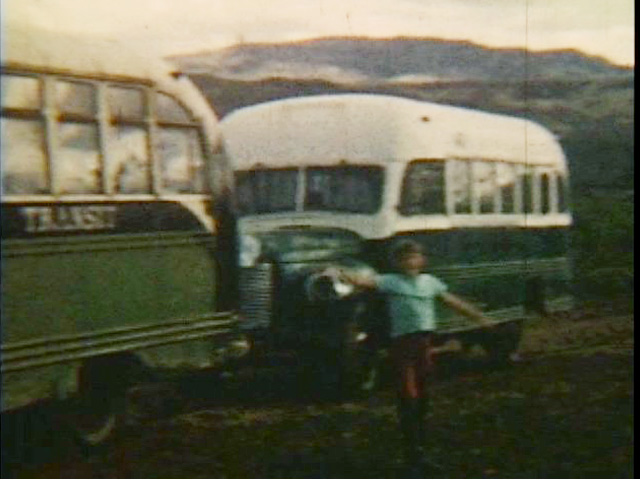
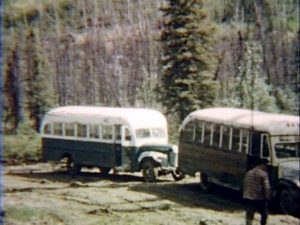
Bus 142 on the Stampede Trail at Savage River in 1961
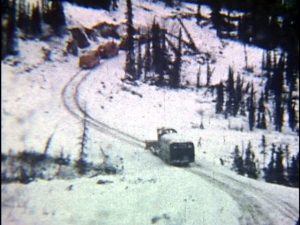
Right after Bus 142 was left on the Stampede Trail after the axle broke
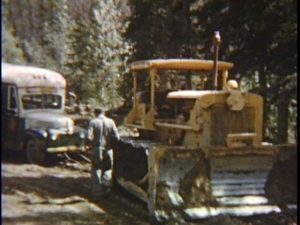
How the buses were moved from camp to camp
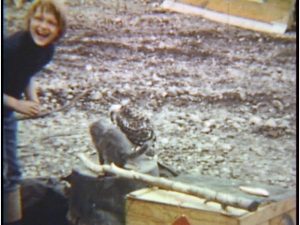
Mickey with baby eagle and cat
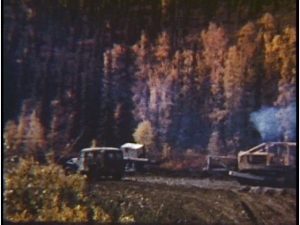
Camp on the move
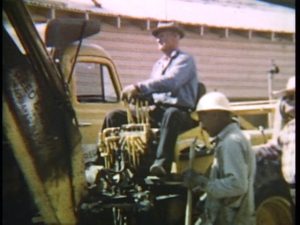
Jess Mariner on the backhoe in downtown Fairbanks, Alaska
A letter from the first resident of Bus 142, circa 1960’s.
My name is Mickey Mariner Hines. My dad was the heavy duty mechanic and the only man to bring his family along on the crew’s daunting assignment to build an access road between the Alaska Railroad and an antimony mine located at the far end of the Stampede Trail. I was a 10 year old girl at the time, and it was a summer of wonderful adventure in the middle of the wilderness, camping with my brother, mother & father and the rest of the crew. There were four buses in our caravan. We made our way down the trail as their work progressed, camping beside riverbeds along the way near fresh water & fresh fish dinners. Dad named Bus 142 our “boudoir” and another was our “galley,” which was outfitted with a cook stove and table. The other men of the camp lived in two orange buses, one was the cookhouse and one the bunkhouse. These were not 4×4 trail ready vehicles by any means, so they were pulled behind bulldozers, which we called “cats”. When the work was completed, the Yutan crew hauled three of the four buses back to civilization. Bus 142 was left behind on that crest above the Sushana river with a broken axle, and soon thereafter served as a shelter for moose hunters. Treacherous weather & river conditions proved too costly for the state budget, causing the road development project to be abandoned. Eventually the dirt road was overtaken by nature, and decades later, a young adventurer named Chris McCandless made 142 a summer home again.
It saddened me to see that Bus 142, having had a history before Into the Wild made it famous, was so badly vandalized by some locals, and the dangers of the trek to reach it not respected enough by some outsiders. It was surreal to see our “boudoir” flying above the trees underneath a Chinook helicopter. A far way to go from a bulldozed trail, and a book cover. Now that the bus has been removed and is on its way to a museum, I hope those in charge of its new home return it to some semblance of what it once was, and that those visiting pay it the respect it has earned from its years of uncommon service.
Mickey Mariner Hines
Friend of Bus 142
August 2020